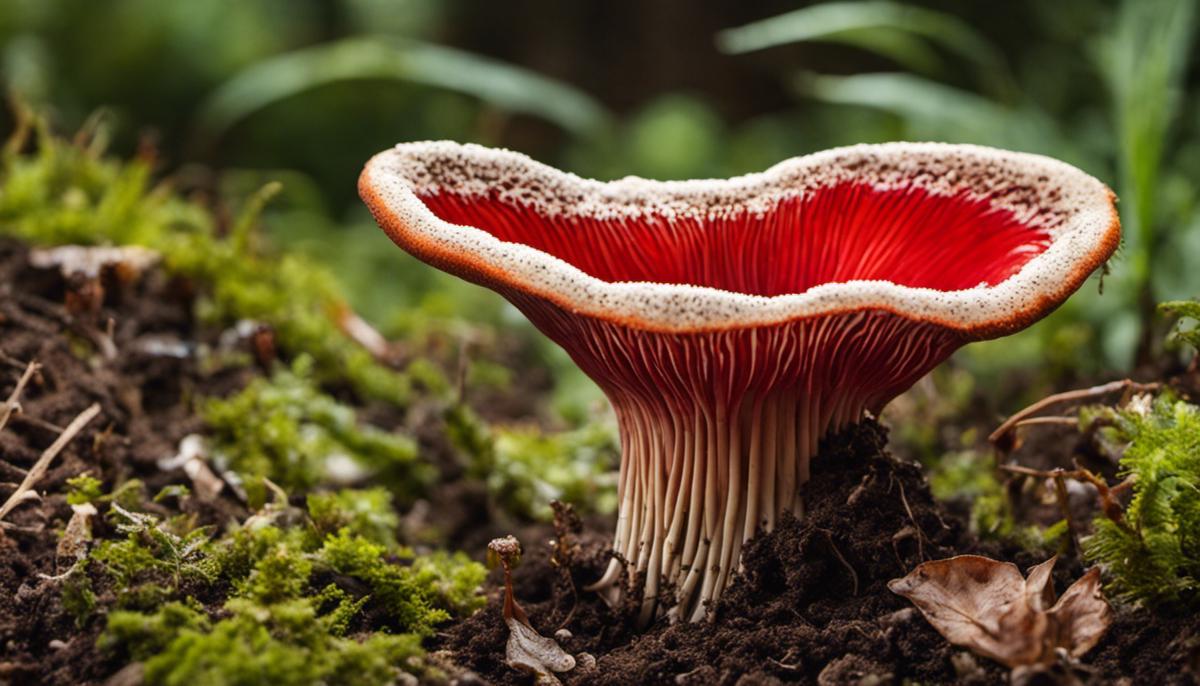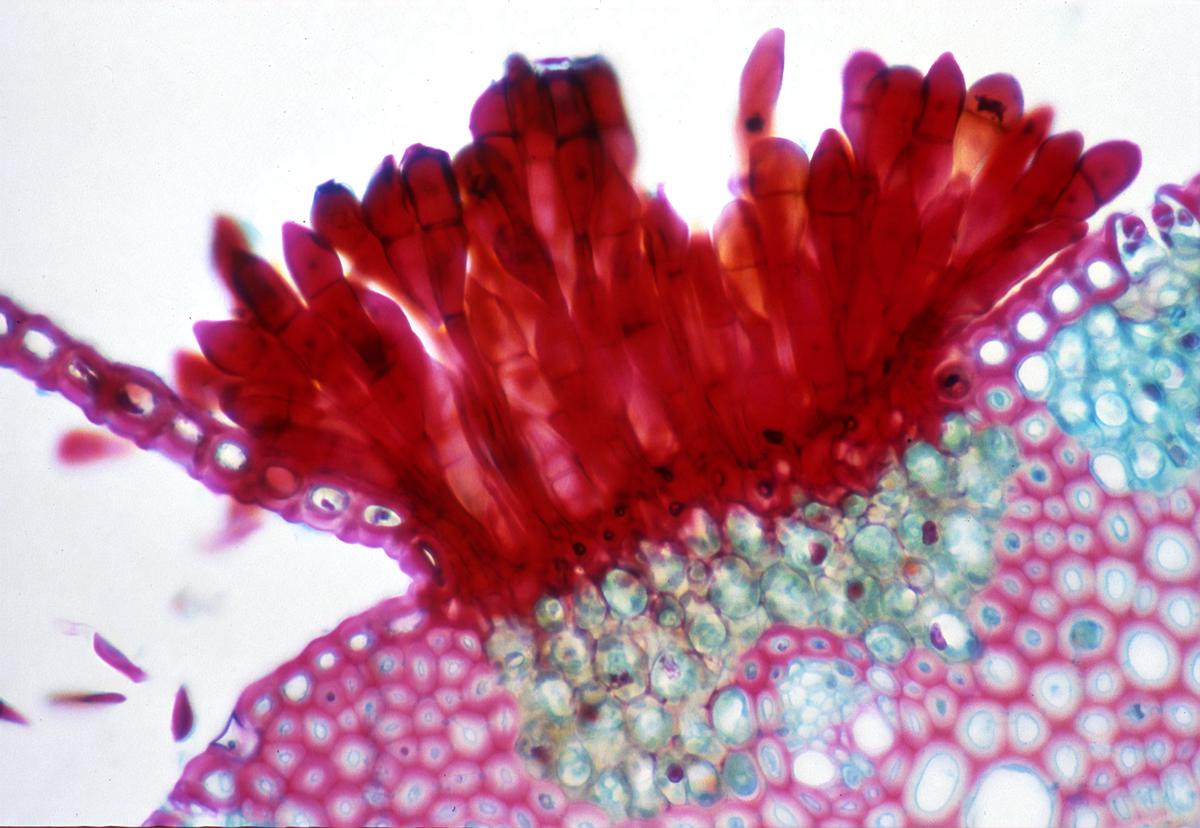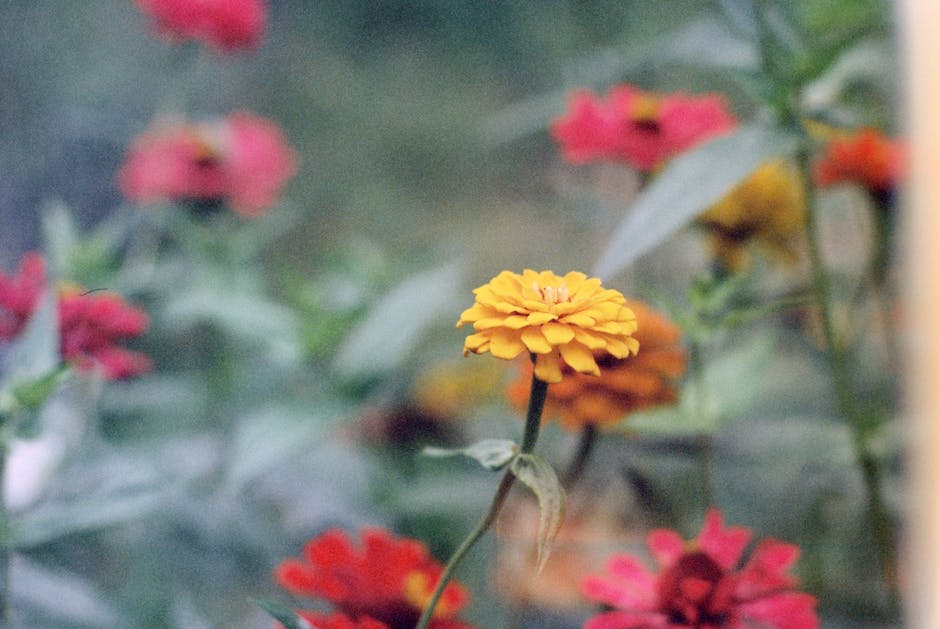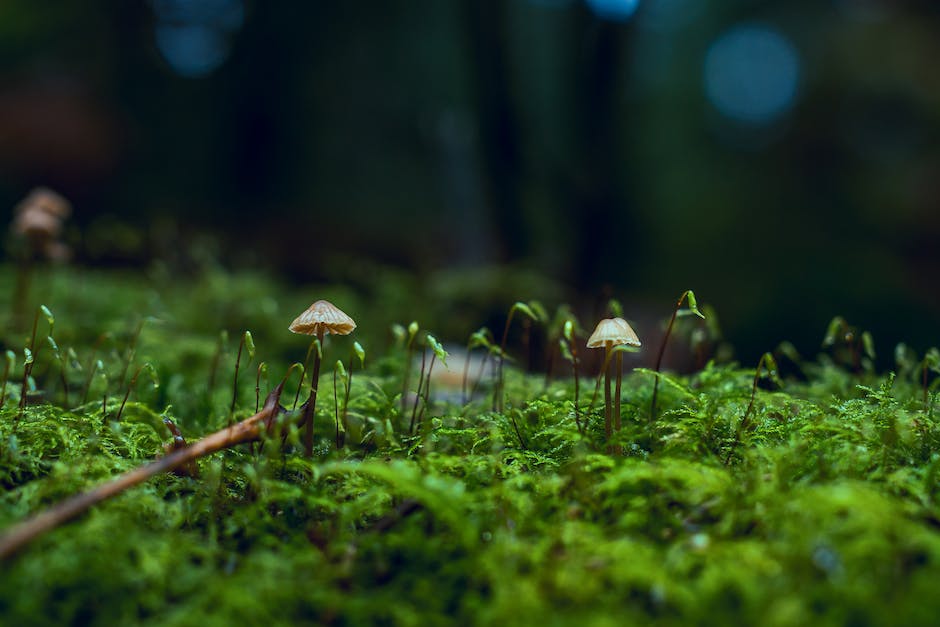Eradicating Stinkhorn Fungus: A Simple Guide

Stinkhorn Fungi, while intriguing to some nature enthusiasts due to their distinctive appearance and smell, can pose a major nuisance for garden owners due to their rapid spread and deterring stench. If you discover these unwelcome guests in your lawn or garden, it’s crucial to accurately identify them and understand the correct removal methods. Not only will this enable you to protect your garden effectively, but also prevent any potential harm to your beloved flora. This guide aims to equip you with the knowledge needed to identify Stinkhorn fungi, execute safe removal practices, and implement preventive measures to keep your garden fungi-free.
Identifying Stinkhorn Fungus
Distinctive Characteristics of Stinkhorn Fungus
Delving into the realm of Mycology, the subject of fungi encompasses some of the most extraordinarily diverse species on our planet. Among these multitudinous species, a particularly fascinating genus emerges, the stinkhorn fungus. The study of this genus has spurred multiple poignant discussions within the scientific community. The stinkhorn fungus brings forth intriguing facts that go beyond standard physiology, exhibiting unique characteristics that set it apart from the larger family of fungi.
The term Stinkhorn itself stems from the distinctive, fetid odor these fungi emit. This odor, an integrated part of their lifecycle, serves a key biological purpose – attracting insects. As the insects flock toward this malodorous scent, they unknowingly become vectors, assisting in spore dispersion.
A discussion about stinkhorns would be incomplete without mentioning the remarkable egg stage. The visible lifecycle of stinkhorns starts with what might be mistaken for a terrestrial egg. Within these gelatinous, sealed structures, the fungus prepares to make a dramatic entrance – often impelled by rainfall or increased moisture.
This hard-shelled “egg” sprouts into the mature fruiting body, exemplifying the remarkable variety in appearance across Stinkhorn species. Some species resemble a lattice sphere, others an elongated finger, while a few species bear an uncomfortable resemblance to certain aspects of mammalian anatomy. The uniqueness lies fundamentally in its tissue organization, organically divided into a cap (gleba), stem (receptaculum), and volva (egg case).
The gleba, a spore-laden structure found on the cap, is where the aforementioned smell originates. Varying shades of olive to brown, the gleba’s spores stick to the insects attracted by the smell, leading to broader spore dispersion once the carrier flies away.
Notably, stinkhorns are typically saprophytic, succoring nutrients from dead and decaying organic matter. This attribute also contributes to their ecological role in the nutrient cycling process.
Studying the genus in-depth, it is significant to ponder the extent of its distribution. Stinkhorns, with their estimated 160 species, are found on every continent except Antarctica, reflecting an intense evolutionary adaptability. Despite the variety in structures and physical attributes across species, the shared characteristics of a foul odor, an egg stage, and corporal growth remain consistent.
These emblematic attributes that mark the stinkhorn fungus genus are fascinating examples of the diverse survival strategies nature equips its lifeforms with. The interplay of distinct features, evolutionary adaptiveness, and biological roles offers a fertile ground of study for mycologists, ecologists, and every passionate researcher standing at the intersection of life science, chemistry, evolutionary biology, and ecology. Indeed, the stinkhorn fungus genus epitomizes the colorful panorama that mycology has to unravel.
This article hence presents a fascinating discourse on the mushrooming potential of fungi study. The distinctive characteristics of the stinkhorn fungi serve as an intriguing prologue to the extensive, enriching journey of exploring fungal ecologies, firmly asserting its significant role in our anthropogenic ecosystems.

Safe Removal Methods
Removal and Management of Stinkhorn Fungi
Regardless of their ecological significance, the immediate human response to stinkhorn fungi often hinges on their overwhelmingly unpleasant aroma. Gardeners and homeowners frequently ask what methods might best serve removing these odoriferous creatures without detriment to the surrounding biota. Anticipating these concerns, we present a selection of well-tolerated and efficacious interventions.
Initially, altering the growing conditions could be an effective approach. Stinkhorns flourish in soil high in organic content, notably employing wood mulch, bark, or compost. Switching to inorganic mulching materials such as stones or gravel could reduce conducive conditions leading to a decline in proliferation. However, it’s crucial to understand that this intervention affects the microenvironment significantly and may not be suitable for all cultivated species.
Turning our attention to treatment options, a range of fungicides has demonstrated discouraging effects on stinkhorn development. Raking or aerating the area can also disrupt the life cycle of the fungus, allowing oxygen to penetrate soils and alleviate the conditional favorability for fungus spore germination.
However, the utilization of fungicides should be carefully executed. While certain fungicidal agents have displayed direct impacts on stinkhorns, undue usage can spur ecological imbalances, potentially culminating in an overt field of detrimental fungi. A prudent application as part of a careful management plan would be thus advised.
Alternatively, the introduction of competitive organisms such as trichoderma species could offer a biocontrol potential. Being robust and antagonistic to other fungi, trichoderma can colonize the same material often denying stinkhorns the necessary resources for growth. Remember that the effectiveness of this strategy necessitates advance knowledge on survival and compatibility of introduced trichoderma with incumbent plant species.
Lasty, basic manual removal remains a rational solution – particularly concerning singular or small groups of stinkhorns. In doing so, the fungus should be removed at the stage of the ‘egg’ as mature stinkhorns release numerous spores accelerating their spread.
In conclusion: effective stinkhorn management will often require a multi-faceted approach. It’s important to maintain a holistic perspective of your garden or your environment, ensuring the methods of fungus control align well with the entire ecological balance. Each challenge needs a custom approach, and stinkhorns are no exception, providing yet another testament to the intricate complexity and elegance of nature’s designs.
Remember, though undesirable they may be, stinkhorns serve a purpose in nutrient cycling and speak to the stunning diversity of life. Their uninvited presence invites us to learn more about the unseen world beneath our feet and the fascinating science of fungi. Although eliminating them may solve an olfactory offense, let us also appreciate the role they play in the intricate web of mycology.

Preventive Measures
Preventing the Return of Stinkhorn Fungi: A Pragmatic Approach
Dynamic mitigation strategies constitute the crux of effective stinkhorn management, with an emphasis decluttering the area from dead organic matter – the lifeline of these fungi. Exclusive to saprobes, stinkhorn fungi are opportunistic, thriving on decayed plant debris, mulch, and compost piles. Regular sanitation practices like the removal of decaying materials can dramatically reduce these fungi’s recurrence, as they notably deprive the stinkhorns of their nutritional requirements.
Deliberate disruption of the conducive environment tailored for stinkhorn growth is another feasible method to prevent their return. This fungi prefer wet, humid conditions. Altering irrigation practices and ensuring proper drainage can remarkably decrease stinkhorn population in residential and commercial areas.
Another practical approach is the introduction of fungicides – an effective treatment solution. While not always the most ecological, the application of these substances specifically target and eliminate the growth of these fungi. However, due caution is advised due to the variable toleration level of various organisms to fungicides.
A notable yet less cited approach is the strategic incorporation of competitive organisms that challenge the dominance of stinkhorns in a given area. This emphasizes a biological control method wherein the introduction of certain bacteria, fungi, or insects help maintain an environmental equilibrium by competing for the same resources, ultimately curbing the population of stinkhorns.
When immediate action is required, manual removal is decidedly conventional. Employing protective measures to prevent exposure to spores, stinkhorns can be removed at their egg stage, disrupting the reproductive cycle before the fungi gets a chance to fully grow and produce more spores.
The importance of maintaining ecological balance in pursuit of stinkhorn management cannot be overstated. While attempts to suppress stinkhorn proliferation are necessary, over-regulation may inadvertently cause ecological imbalance. These fungi, however unpleasant in aroma, play a key role in nutrient cycling, contributing to the ecology of soil-based microbial communities through organic matter decomposition.
The diverse world of fungi is both a mystery and a marvel, with stinkhorns being only a single player in a grander design. Approaching stinkhorns with a solutions-oriented mentality creates a basis for synergy that embraces the diversity within Mycology, allowing the co-existence of humanity with these unique life-forms; a testament to the remarkable variety across fungal ecologies.

The presence of Stinkhorn fungus in your garden need not be a permanent nuisance. Armed with accurate identification skills, safe removal techniques, and appropriate preventative measures, you can reclaim your garden’s health and harmony. Remember, consistent gardening practices such as regular mulching, maintaining correct soil moisture, and frequent monitoring for signs of any fungal presence are key. The path to a lush, vibrant, and stinkhorn-free garden is within your grasp with the right knowledge and skills at your disposal.



